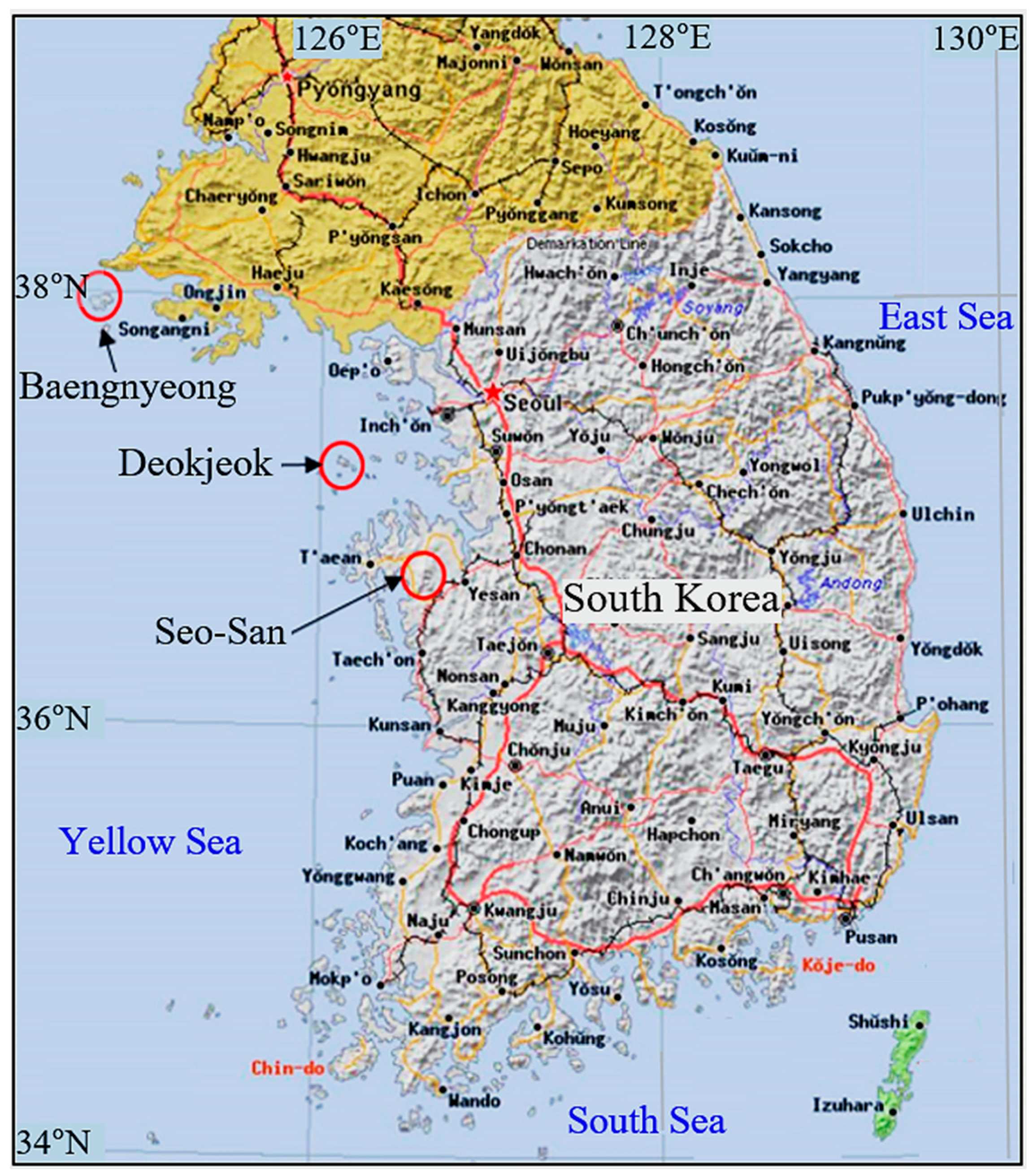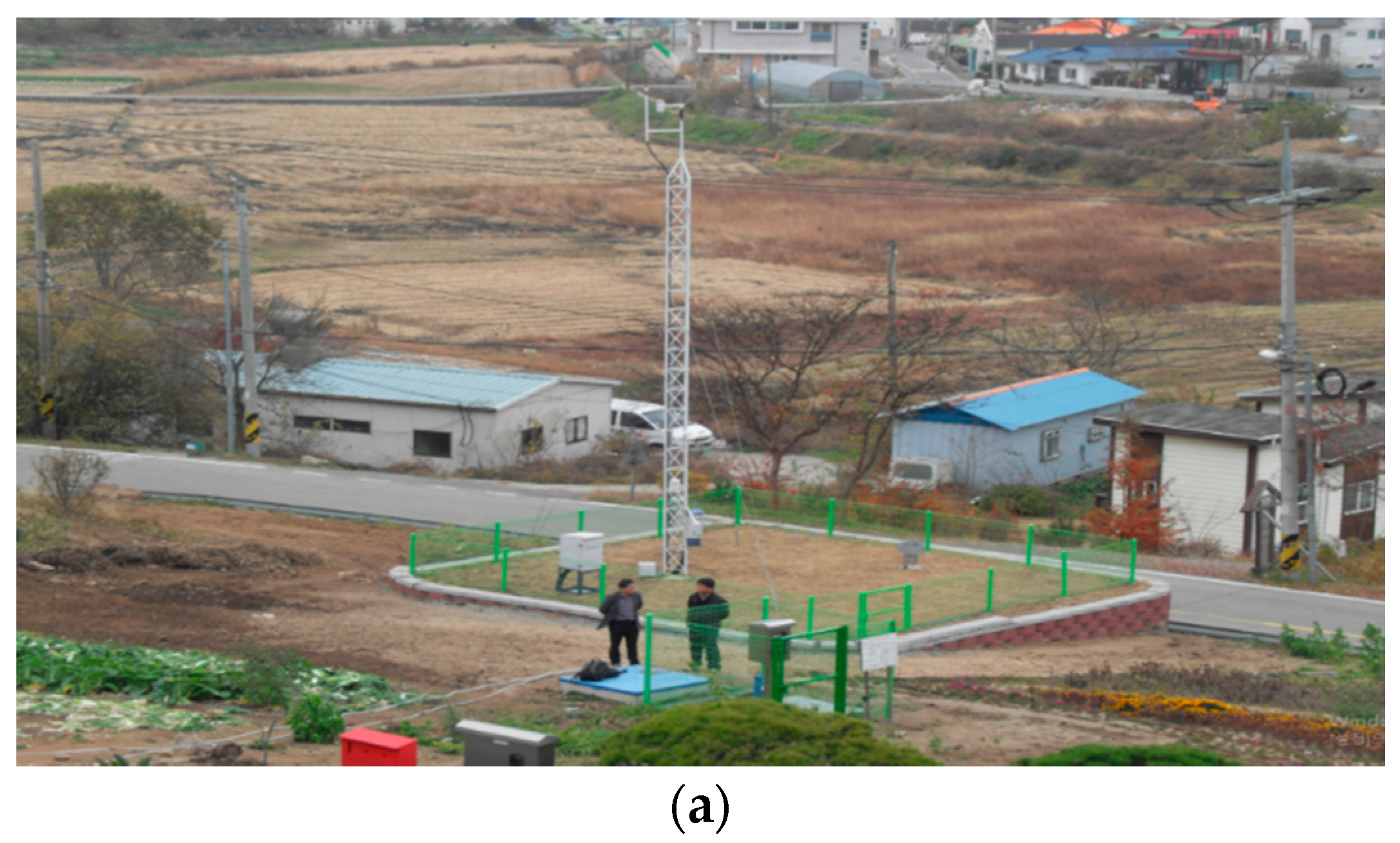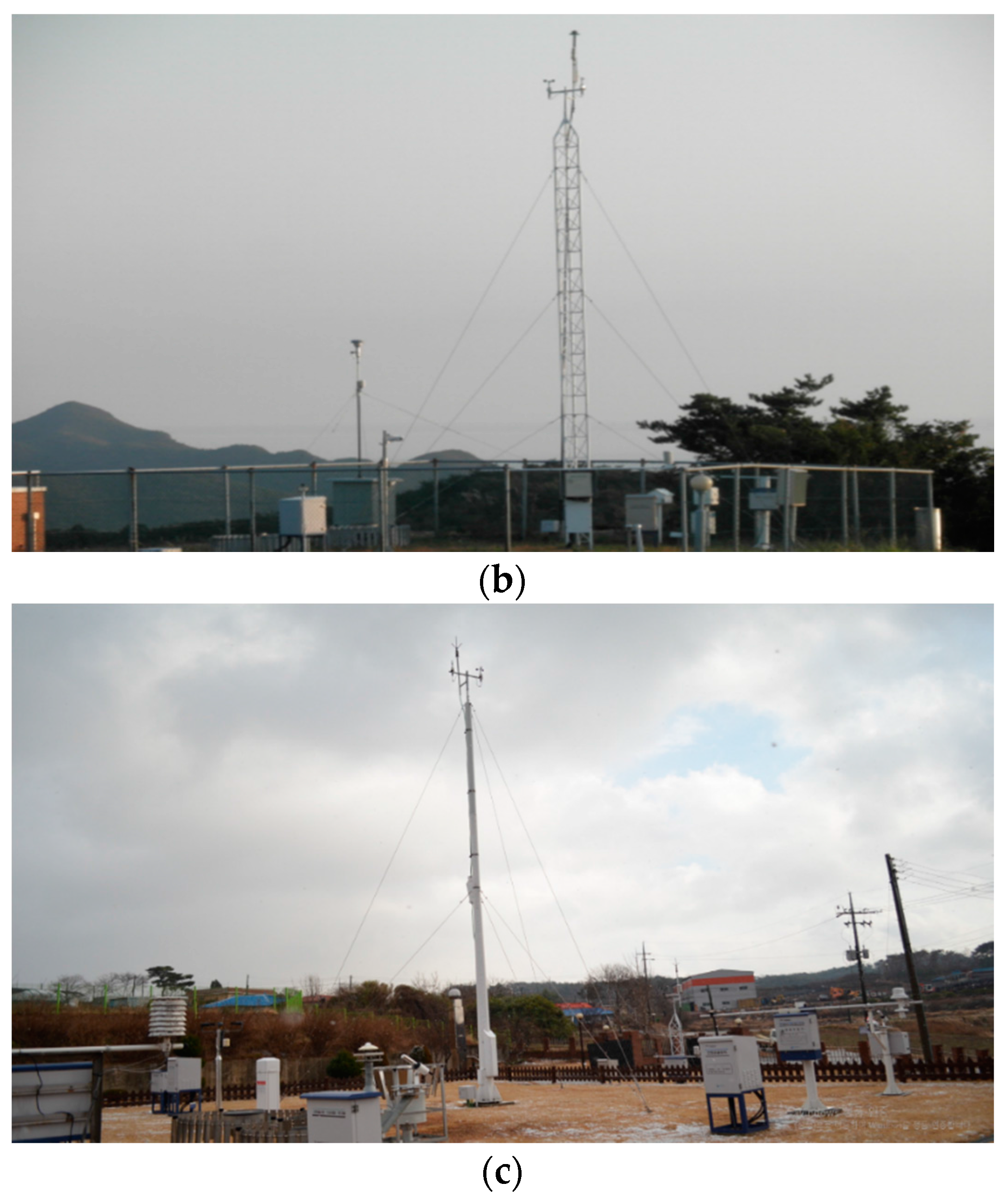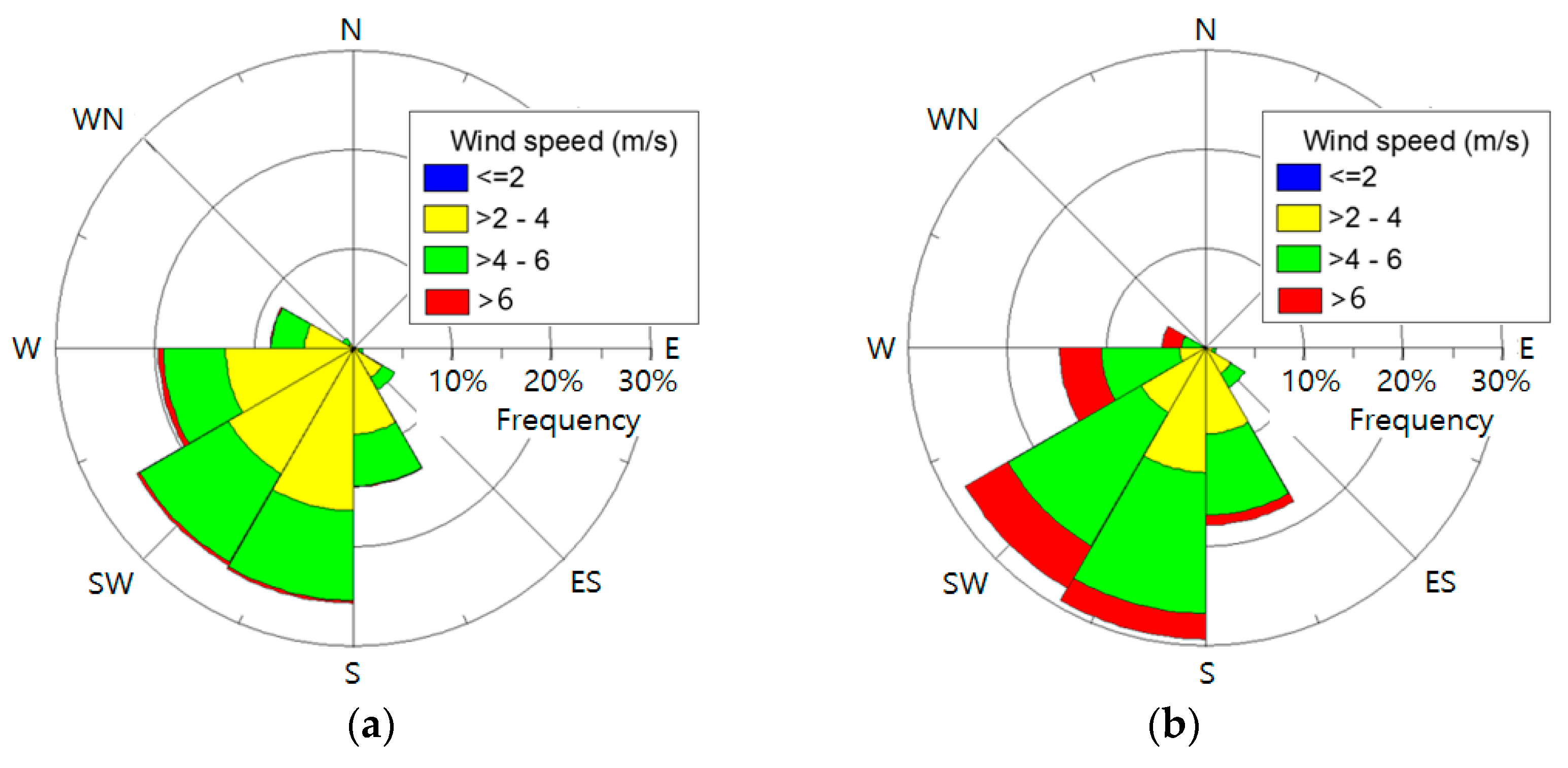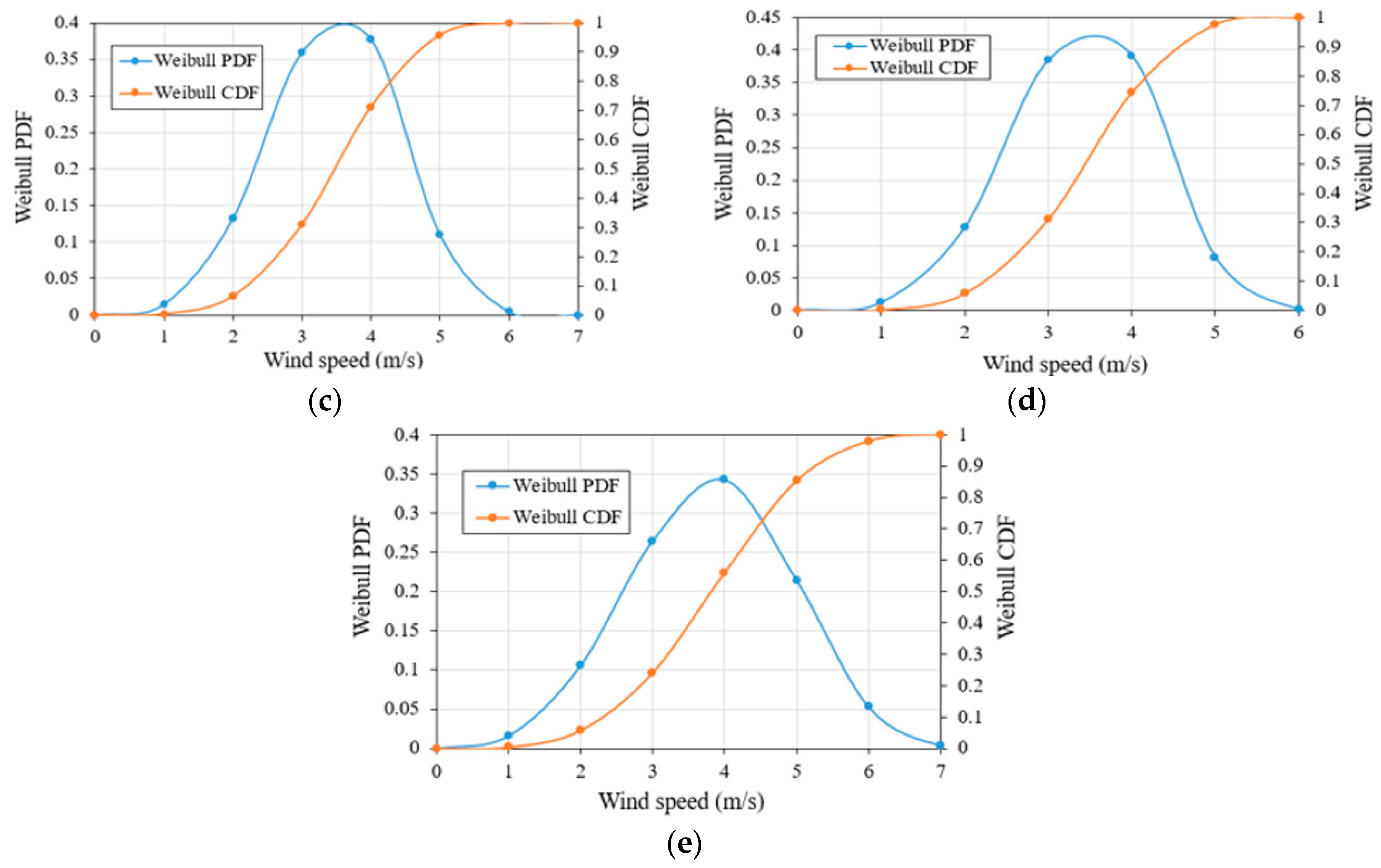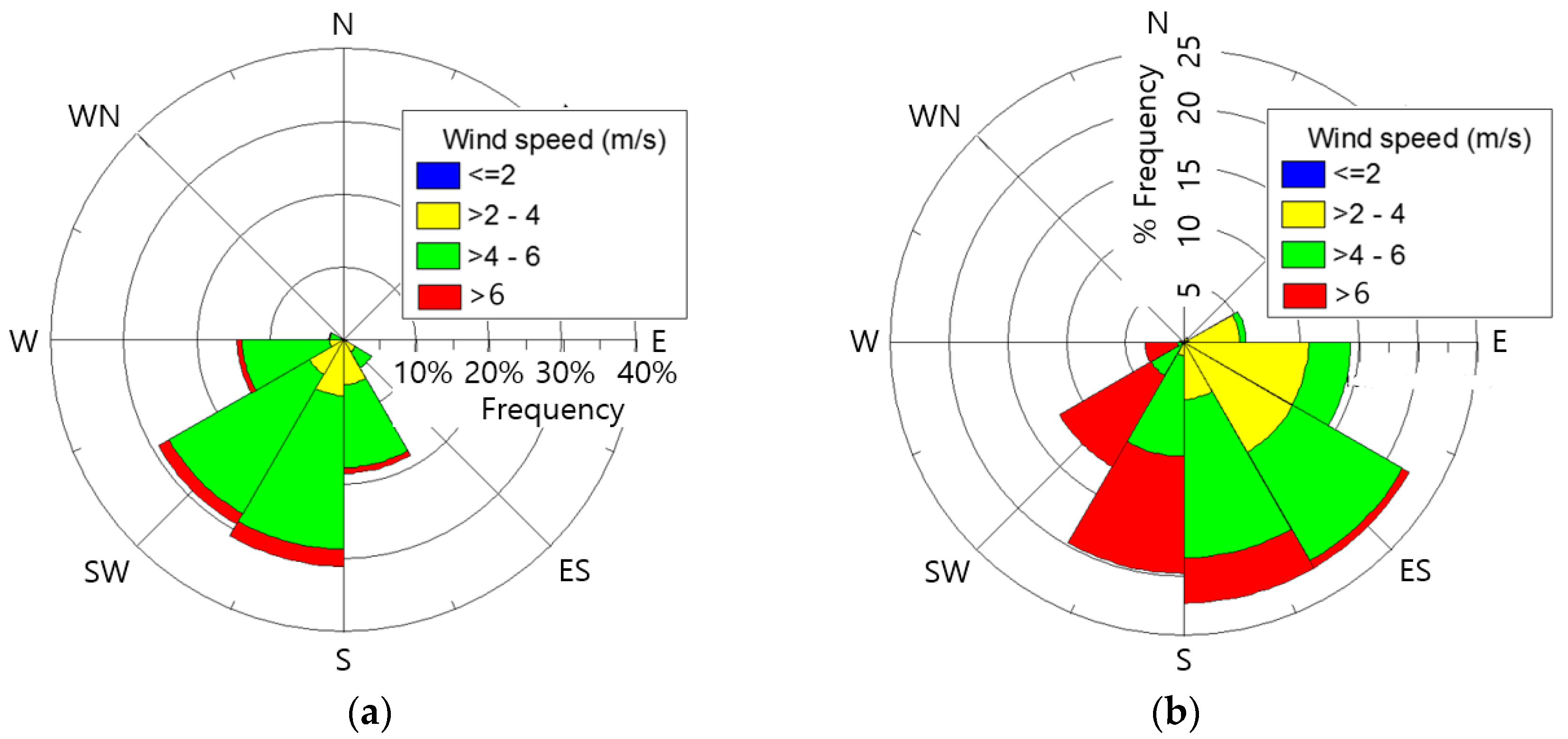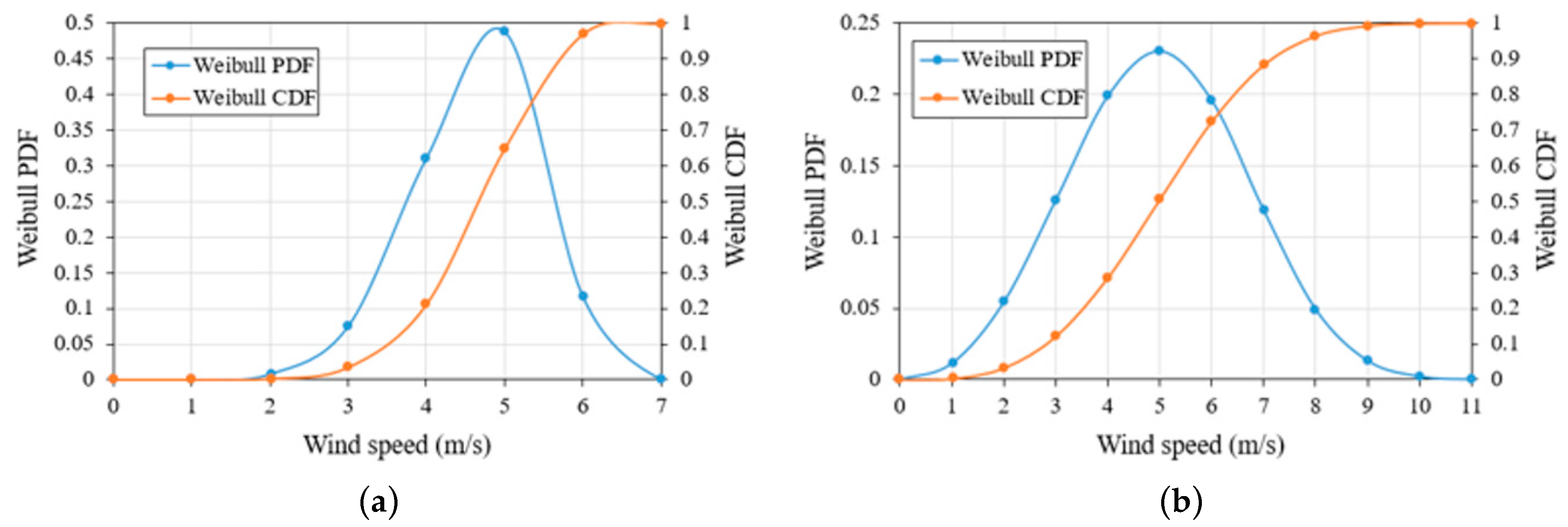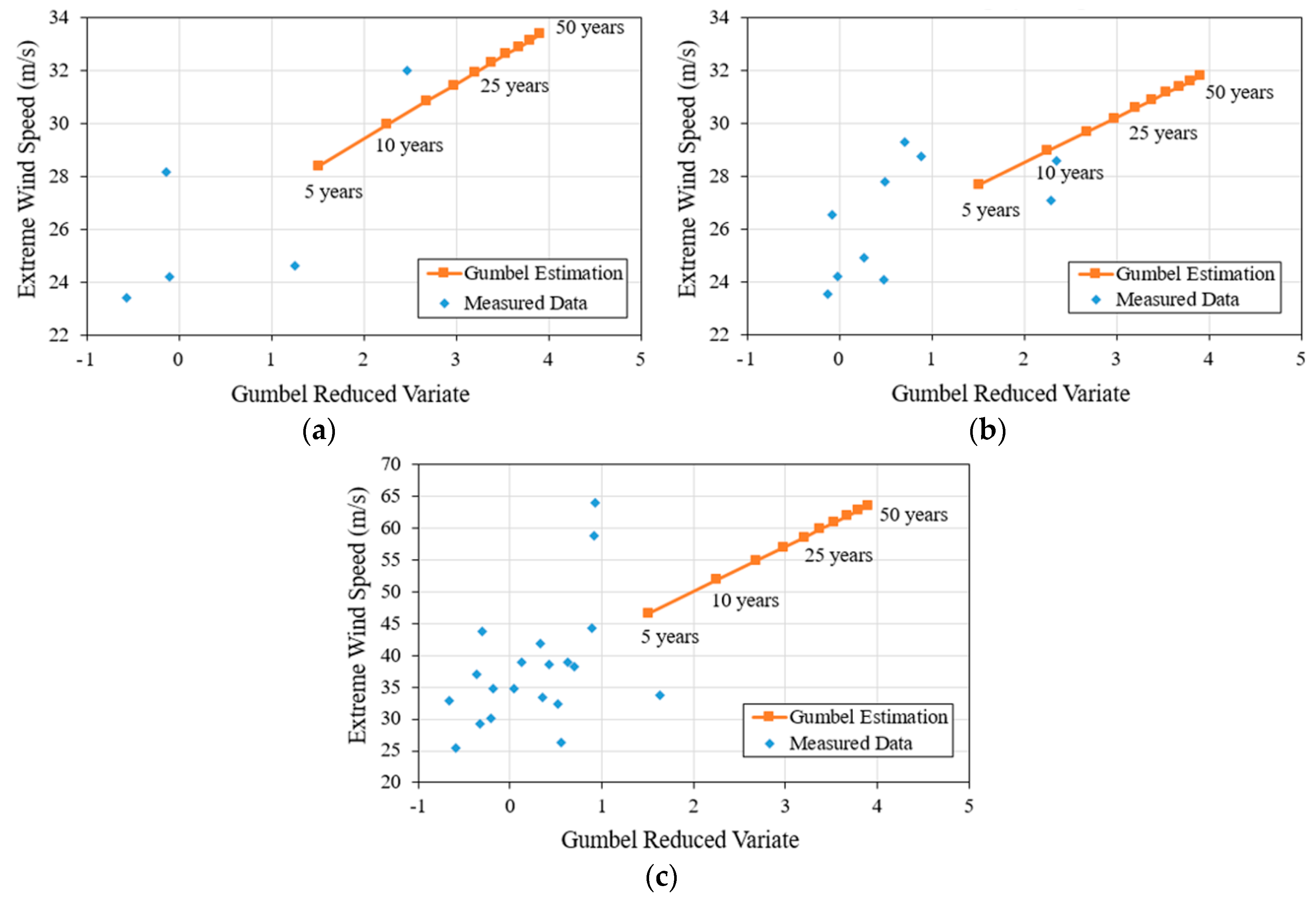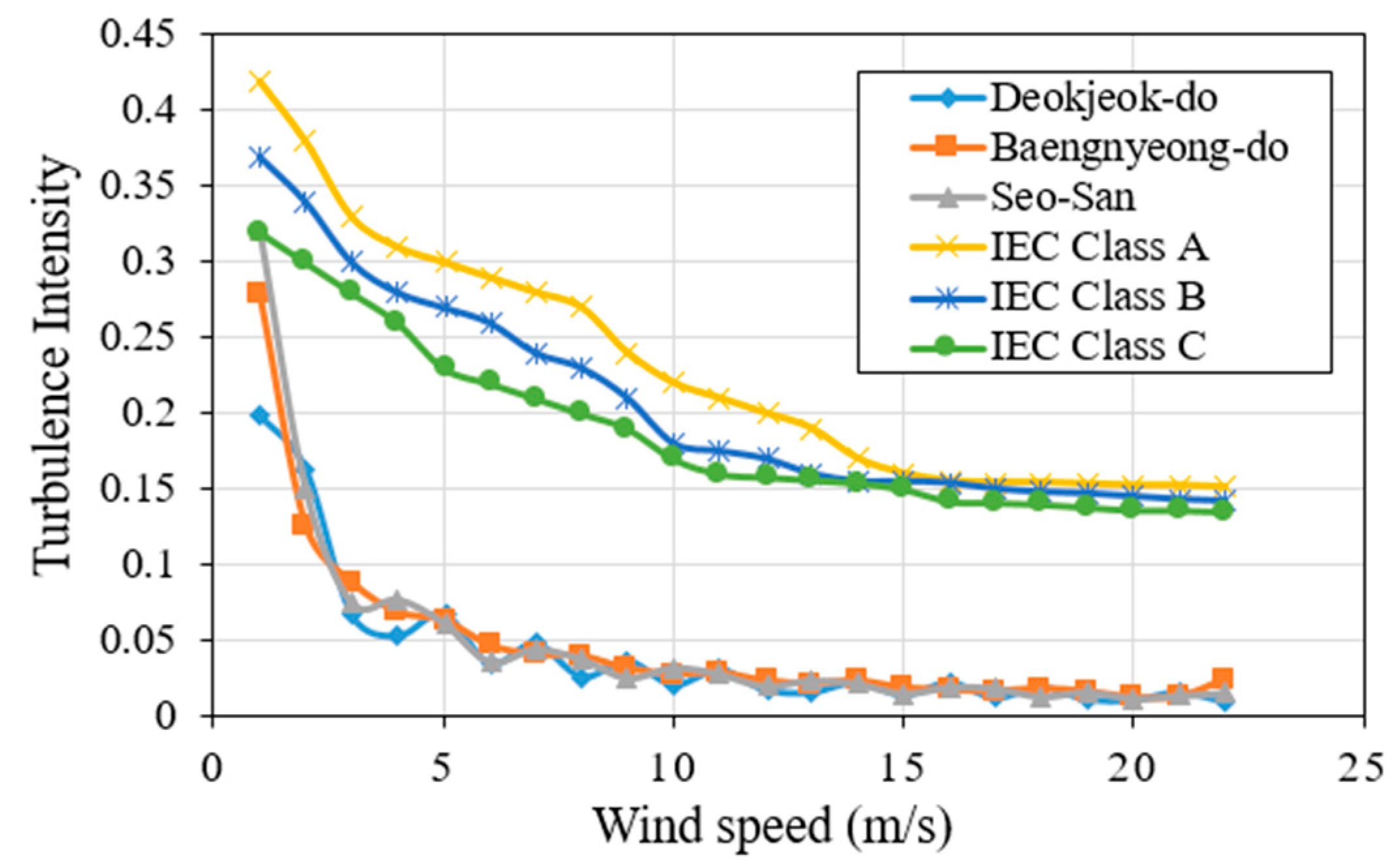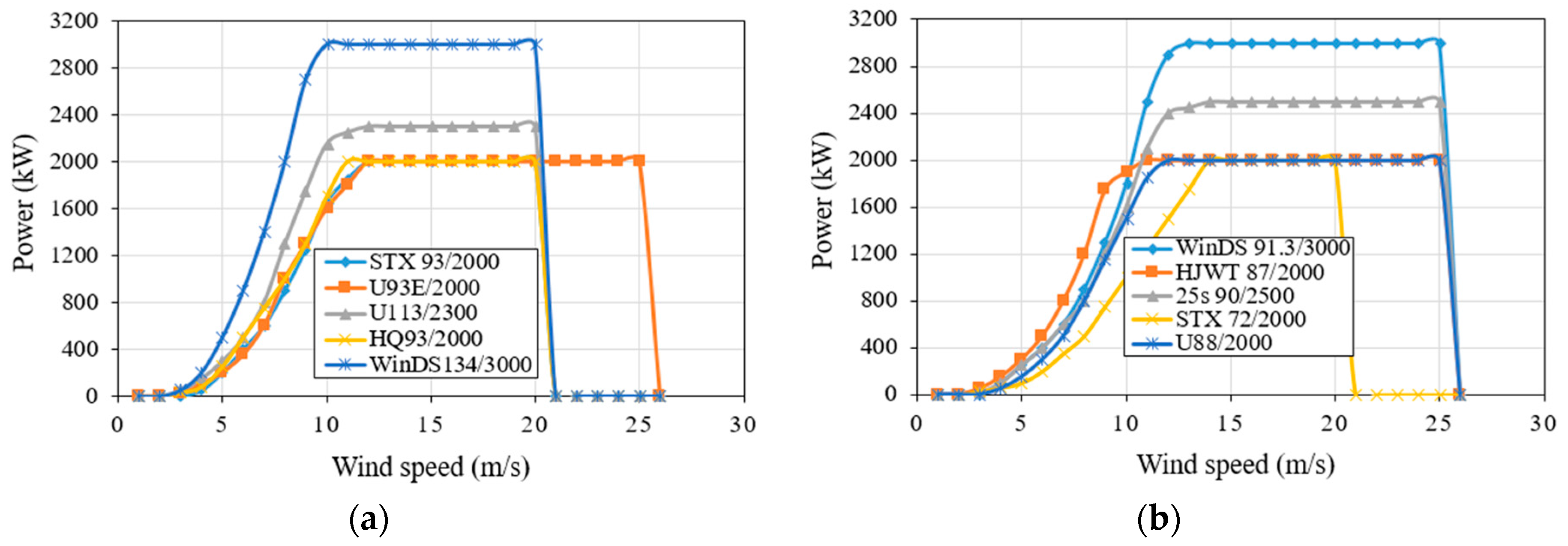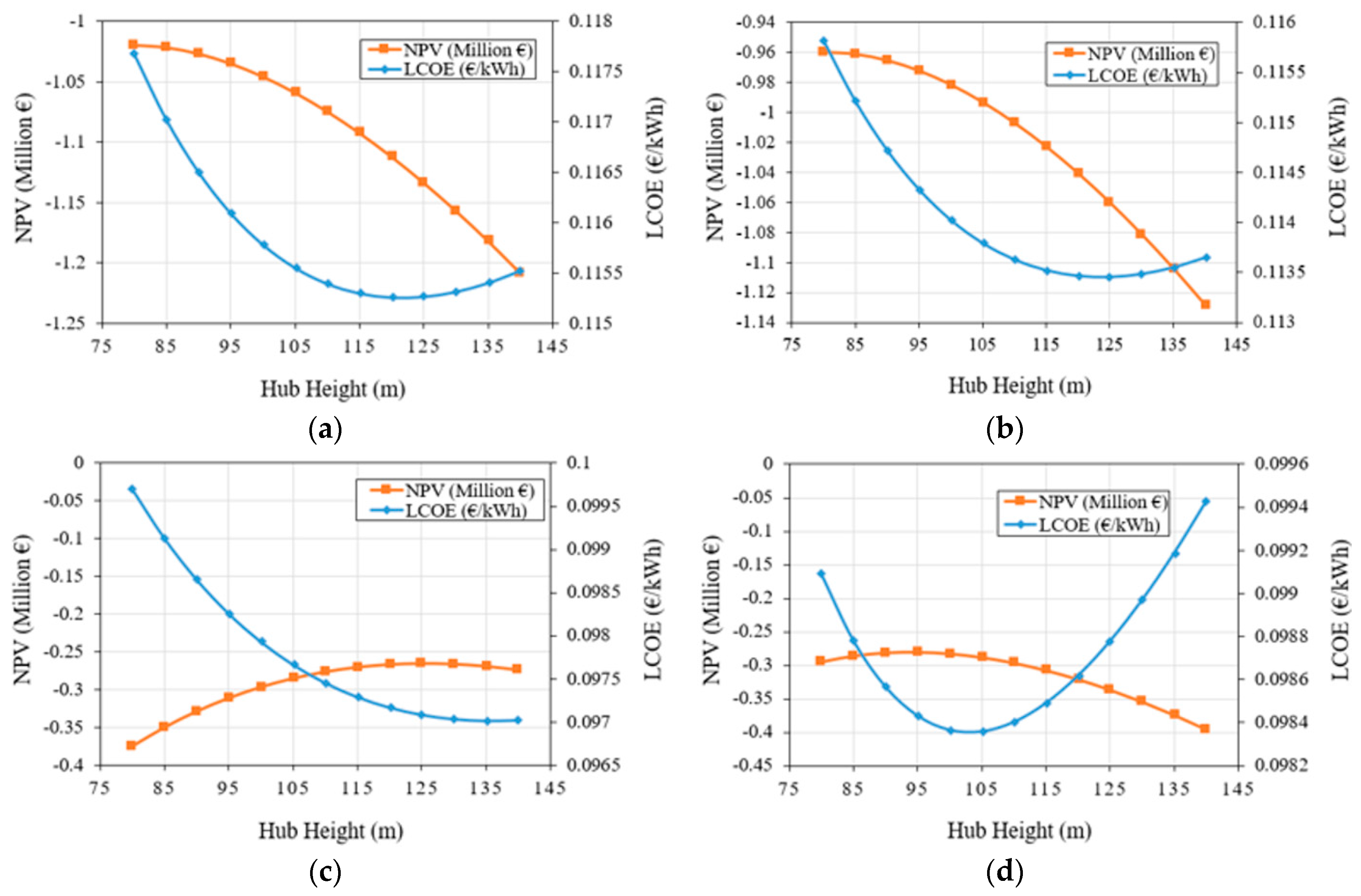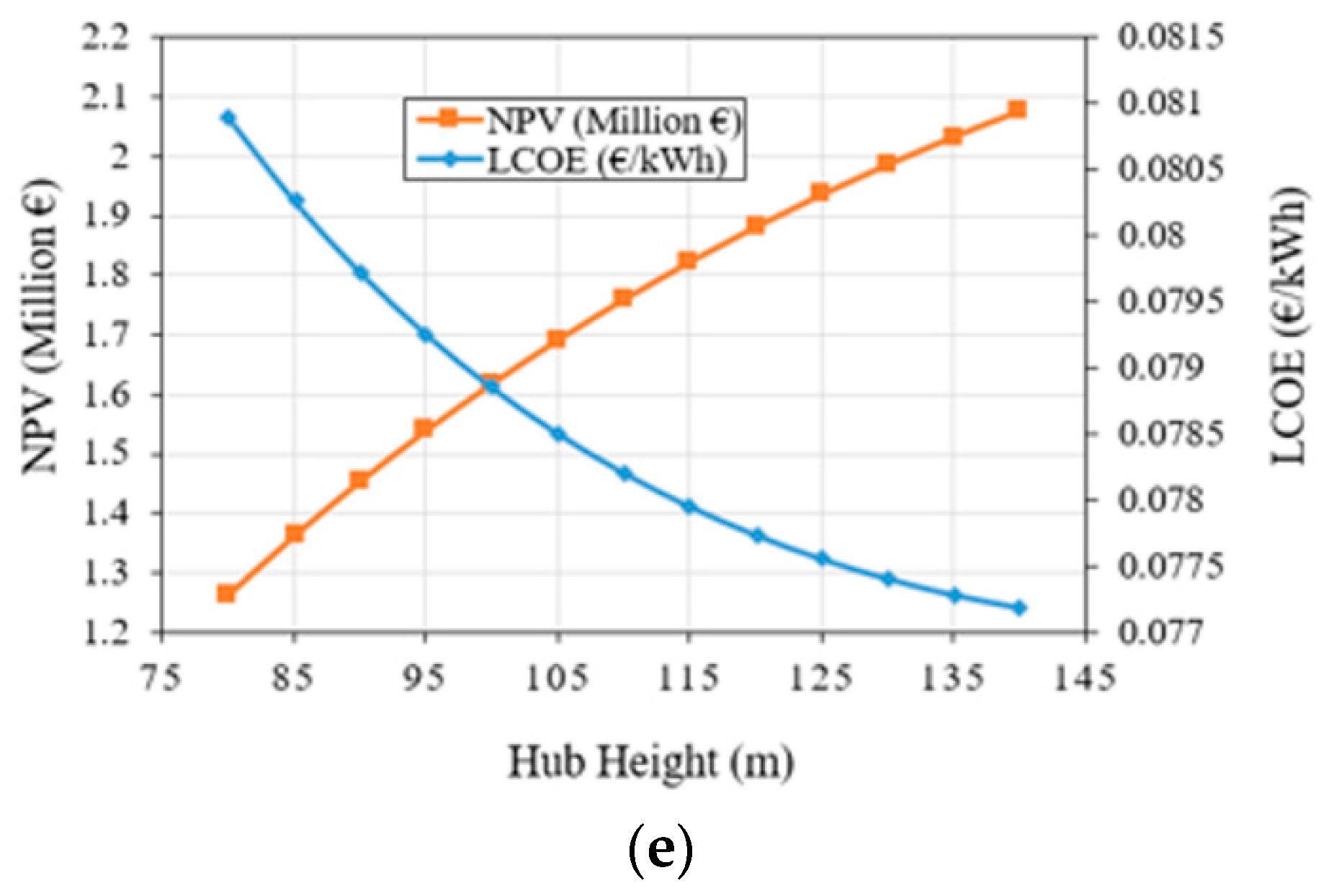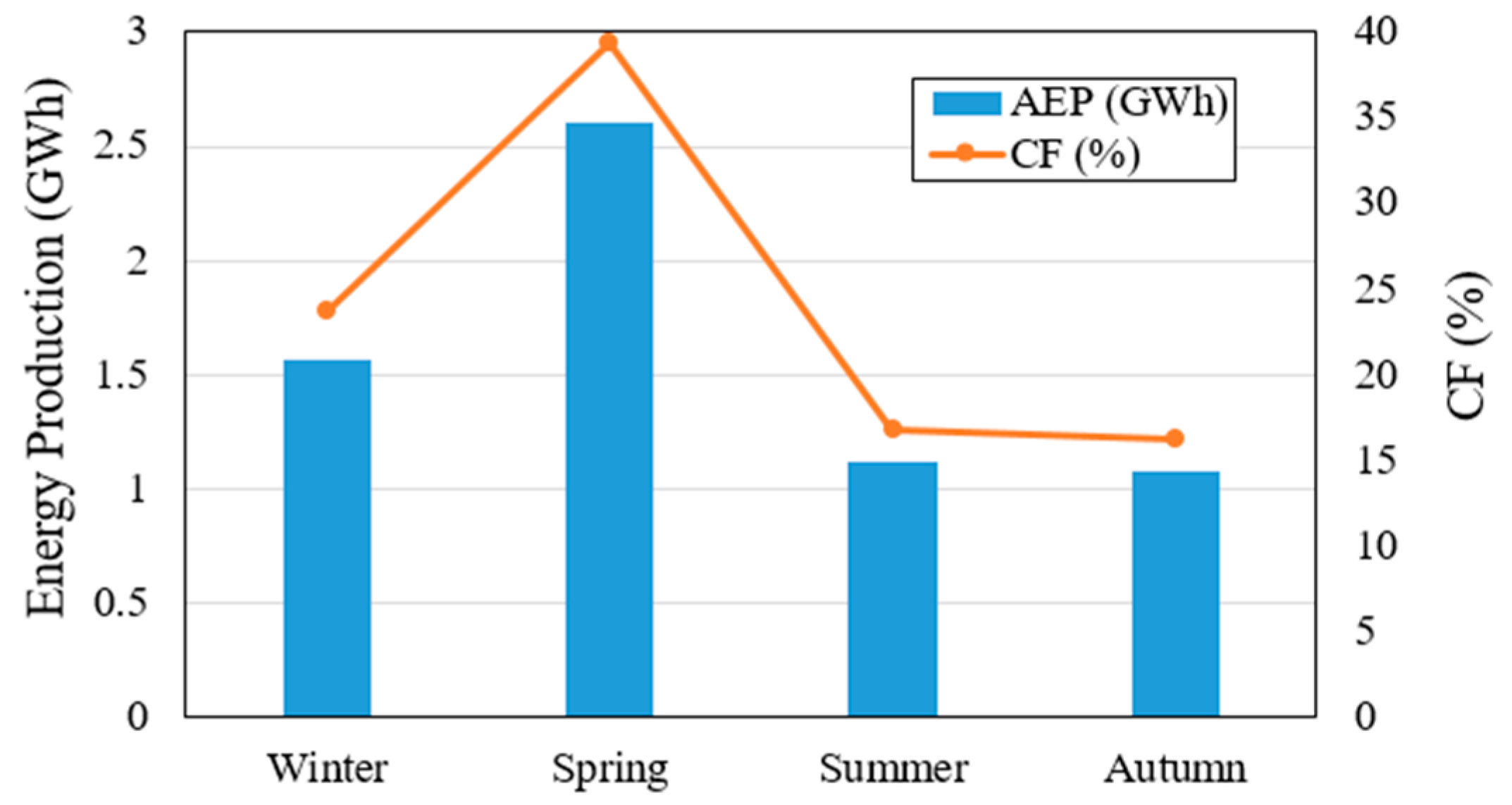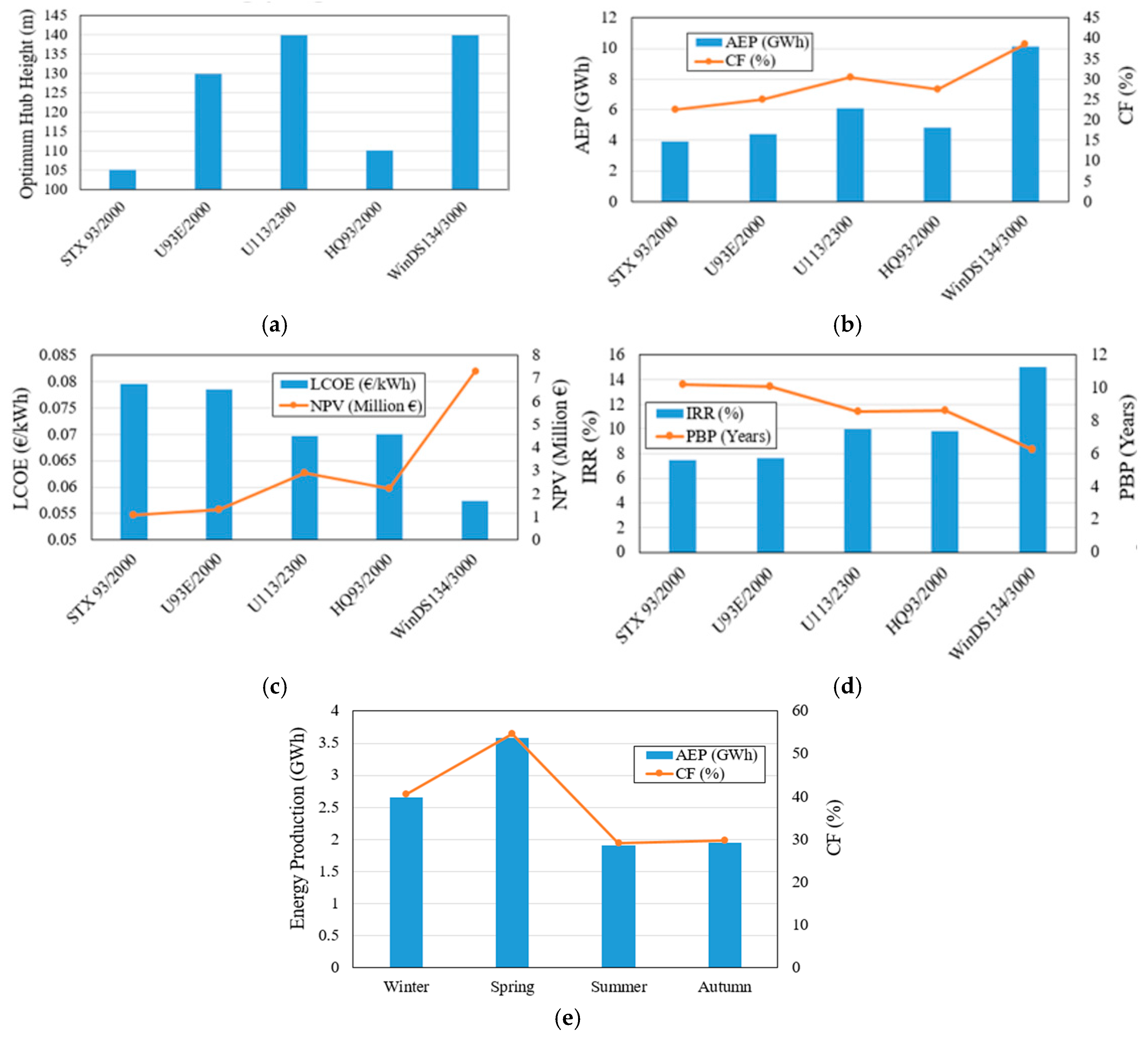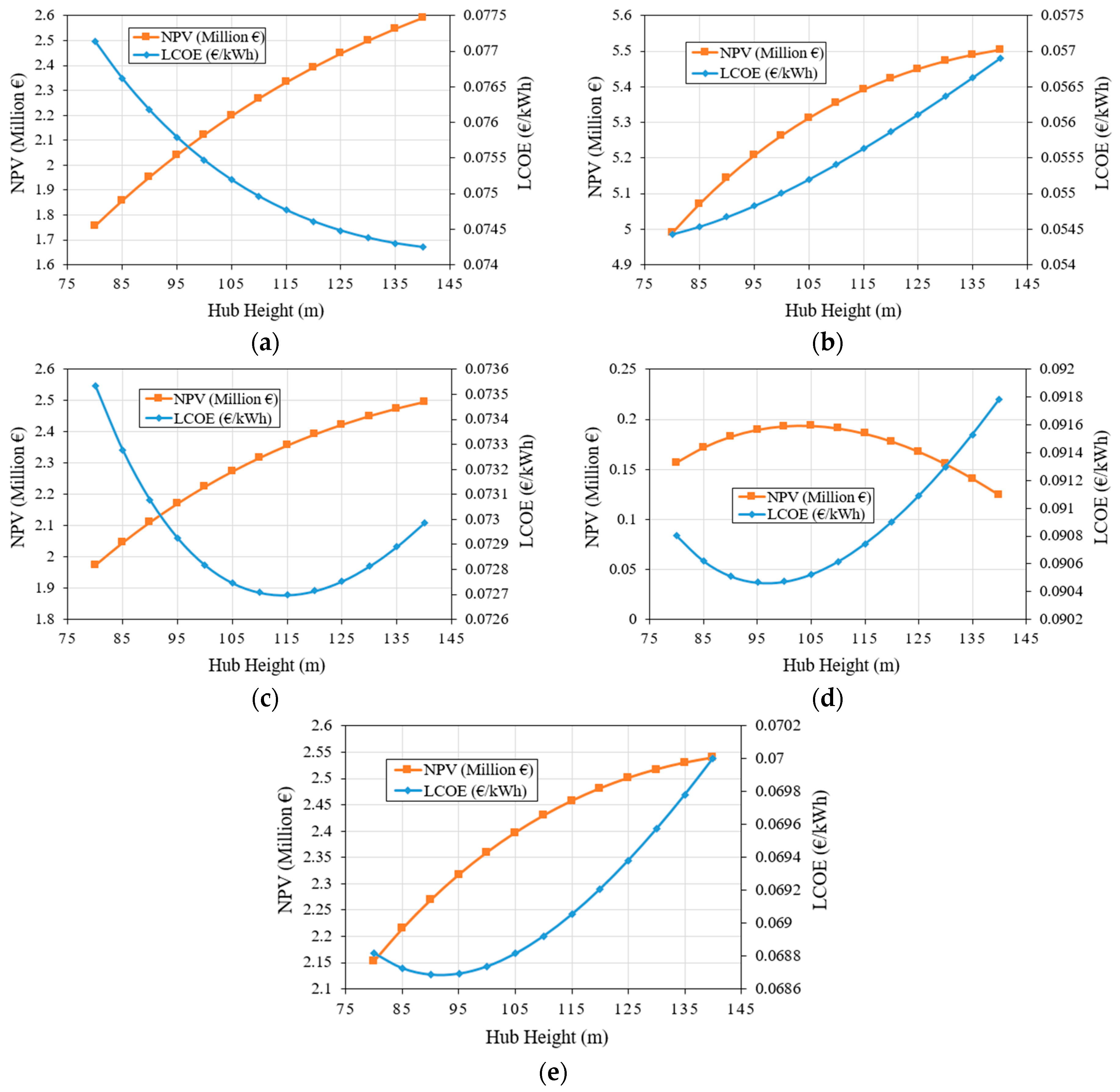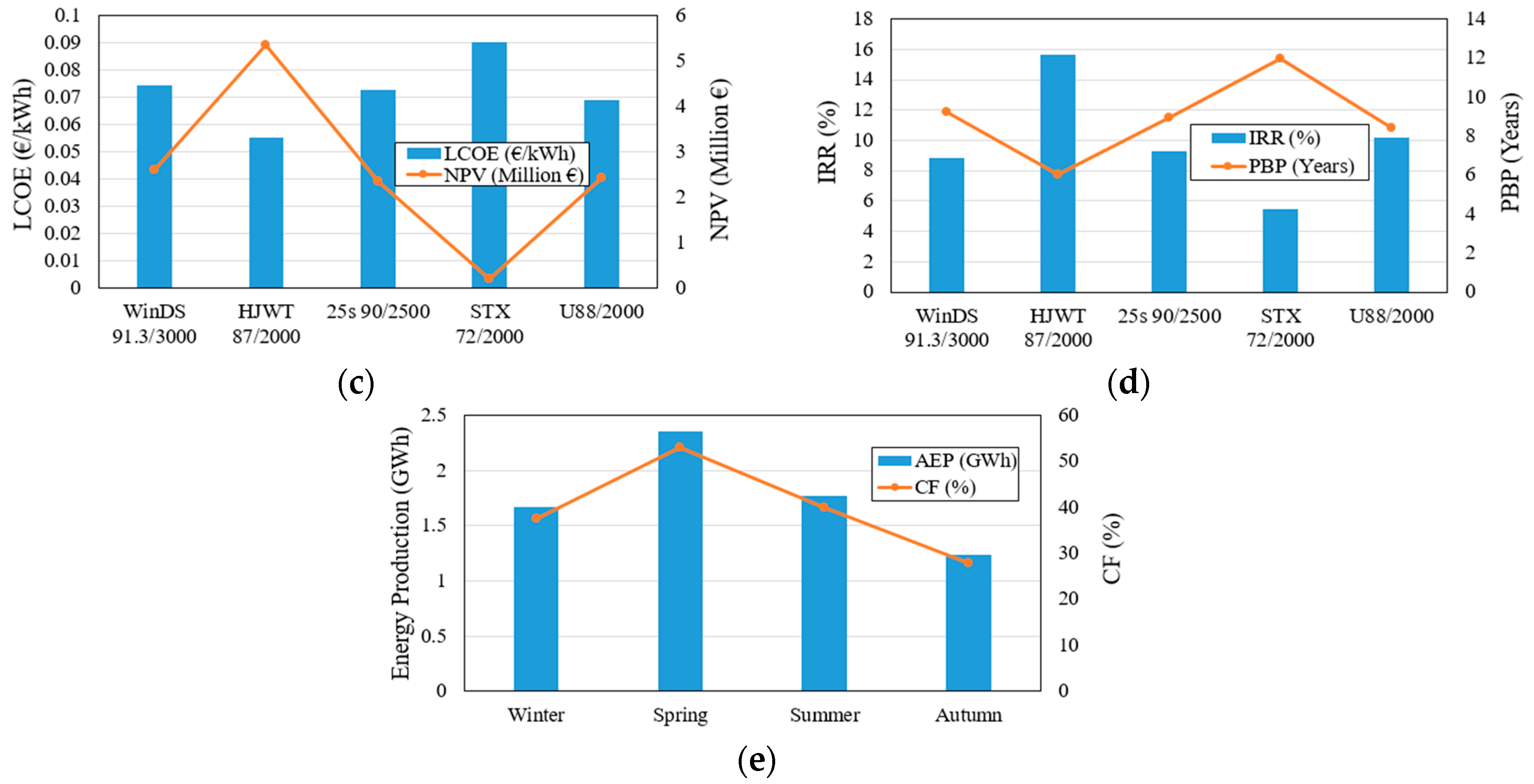1. Introduction
Wind energy has a key role to play in the future to fulfill the ever increasing energy requirements of the world. Apart from being one of the clean sources of energy, wind energy is also very important to such locations that are far away from big metropolitan areas, and where no other sources of energy are present. According to the Global Wind Energy Council (GWEC) more than 54 GW of clean renewable wind power was installed in the global market in 2016, which means that now more than 90 countries have some wind energy. This includes nine countries with more than 10 GW installed, and 29 countries which have now passed the 1 GW mark. The cumulative capacity grew by 12.6% to reach a total of 486.8 GW. By the end of 2016, China, with a total installed wind turbine capacity of 168.69 GW, was leading the world, followed by the USA and Germany.
South Korea declared its plan to the international community to reduce its greenhouse gas (GHG) emissions by 30% by 2020 by deploying renewable energy systems, especially the wind energy conversion systems (WECS). For that reason, the total installed capacity of wind farms, both on-shore and off-shore, has reached 1031 MW at the end of 2016, whereas it was only 348 MW in 2009. Furthermore, the Korean government plans to invest $8.2 billion into offshore wind farms in order to increase the total capacity by 2.5 GW by 2019. Consequently, the number of offshore wind farms in South Korea is increasing in order to achieve this target. But before installing wind turbines at a particular site, the first step is to assess the available wind energy potential and to analyze the wind characteristics of the test site. Once the wind potential is estimated, the next step is to shortlist suitable wind turbines, followed by a techno-economic analysis of the selected wind turbines in order to determine the optimum wind turbine to be installed at the test site.
There are number of such feasibility studies being conducted, in order to assess the possibilities of installing off-shore wind farm around the Korean Peninsula. In 1992, a wind turbine with a 250 kW capacity was installed near Jeju Island. This was the first wind turbine connected to the national grid in the country. In 2005, the first large-scale wind-farm with a 39.6 MW capacity was designed and constructed in Yeongdeok district. After that, the construction of wind energy farms rapidly increased due to the highly increasing demand of electricity. Jang et al. [
1] assessed the wind energy potential around Korean Peninsula using QuikSCAT data. QuikSCAT is a satellite and its primary objective is to measure the surface wind speed and direction over the ice-free global ocean. They found that the West and the South-west Sea are favorable to construct the large scale offshore wind farm, but it needs an efficient wind turbine design considering relatively low wind speed. Oh et al. [
2] assessed the wind energy potential at three off-shore locations named as HeMOSU, Gochang and Wangdeung-do. After analyzing the wind energy potential, extreme wind speeds (EWS) and turbulence intensity (TI), they also suggested suitable wind turbines for each of three locations. Kim and Kim [
3] assessed the wind energy resources of the Yulchon district in Korea and conducted a comparative economic analysis in order to determine the feasibility of establishing a 30 MW capacity wind farm. They shortlisted three wind turbines as potential candidates and conducted a techno-economic analysis to determine the optimum wind turbine for the Yulchon district. Similarly, Lee et al. [
4] conducted a feasibility study to assess the wind potential of the Younggwang district in South Korea, which is a candidate site for the development of an off-shore wind farm, which is planned to be constructed by 2019. They shortlisted six different wind turbines, which are best suited for the development of the wind farm and also estimated their annual energy productions (AEP) and capacity factors (CF). The study conducted by Kim et al. [
5] focused on the selection of an optimal candidate site around the Korean Peninsula through an economic evaluation for the development of Korea’s first large-size off-shore wind farm. They used different criteria to select optimum site(s) which include, the expected B/C (benefit to cost) ratio, the possible installation capacity of the wind farm, the convenience of grid connection, and so on. They found that there are multiple locations around Koran Peninsula best suited for large-scale off-shore wind farms. A similar study was also conducted by Oh et al. [
6] in order to assess the wind energy potential around the Korean Peninsula, and also to determine the feasibility of a 100 MW class off-shore wind farm.
There are approximately 3000 islands in the territory of South Korea, out of which around 500 islands are inhabited. Most of these islands are quite far from the mainland, and have their own energy production facilities, as the supply of electricity from the mainland to such islands is not a feasible option. Currently most of these islands use diesel generators to produce electricity, but that is neither an economical nor an environmentally friendly option. So alternative and independent resources of energy, like wind power, are needed to be explored and assessed at such remote locations of South Korea.
Deokjeok-do and Baengnyeong-do are two of the largest islands of South Korea. Due to gradual increase in population over last 10–15 years, the demand of electricity at these two islands has gone up. Most of the electricity is being consumed for domestic purposes e.g., air conditioning in summer and electric heating in winters. These islands are not only far from main land but are also not connected to national grid. Due to geographical isolation of such islands, they need relatively more expensive grid connection fee [
7,
8,
9]. There is a greater possibility of a serious electricity shortage problem for such islands than for any other on-shore location. So both islands require an independent power generation system because of both their large scale and their distance to the main land. These two Islands should be a stand-alone island that promotes sustainable and stable electrification. Seo-San is different from the islands discussed above as it is not an island but an on-shore location as shown in
Figure 1. This area has grown based on heavy industry, which relies heavily on energy. The expectation that the energy demand of Seo-San will rapidly increase, according to the pace of development, is a serious problem. Currently, most of the power used on Seo-San is generated and supplied by the main grid. Using electricity through the main grid is contrary to sustainable and green development.
Thus, the introduction of renewable energy such as wind is the most effective and sustainable mean to increase the energy resilience of all three locations. Minimal research has been conducted in past, in order to determine the feasibility of installing wind power system at any of these three locations. The purpose of present study is to investigate an optimized wind power generation system using experimentally measured data by KMA and economic variables. This study academically investigates that which wind turbine could be the most economically and technically feasible for each location. The summary of this research paper is as follows:
Section 2.1 gives overall information about the collected wind data, like height, period and average time interval.
Section 2.2 deals with the analyses of wind characteristics including wind rose diagrams and Weibull plots at Deokjeok-do, Baengnyeong-do and Seo-San, respectively. After analyzing annual mean wind speeds, extreme wind speeds and turbulence intensity at turbine hub heights,
Section 2.3 has been prepared, which deals with the selection of suitable wind turbines for each site.
Section 2.4 contains the power curves and some other technical and general specifications of each selected wind turbine for each site. In
Section 2.5, the mathematical tools and set of equations are introduced to evaluate the performance of each wind turbine technically and economically.
Section 3 is the results and discussion section, which has three sub-sections, and each sub-sections is dedicated to analyze the predicted performance of each selected wind turbine technically and economically for each site. Finally,
Section 4 contains the conclusions and recommendation based on the analyses presented in
Section 2 and
Section 3.
4. Conclusions
The current paper analyses the wind energy potential and feasibility of installing wind power system at three locations in South Korea named as Deokjeok-do, Baengnyeong-do and Seo-San. A detailed technical and economic analysis have been conducted in order to select the most suitable wind turbines for all three regions. First of all, the wind data analysis was conducted and it was found that the overall mean wind speed at Deokjeok-do during 2005–2015 was 3.8 m/s, at Baengnyeong-do during 2001–2016 was 4.6 m/s and at Seo-San during 1997–2016 was 5 m/s. In order to shortlist the most suitable wind turbines, 50-years extreme gust returns were estimated at all three locations, using the graphical method of Gumbel distribution and they are approximately 33 m/s, 24 m/s and 56 m/s for Deokjeok-do, Baengnyeong-do and Seo-San, respectively. The turbulence intensity (TI) in wind speeds at all three locations is found to be significantly less than turbulence intensity curves provided by IEC. So according to EWS, TI and some other wind characteristics, the wind turbine classes best suited for Deokjeok-do and Baengnyeong-do are IEC III or IEC class IV (class S), whereas Seo-San has relatively stronger winds and the wind turbines best suited for this region belongs to either IEC class I or II.
The WinDS 134/3000 wind turbine model is technically and economically the most feasible wind turbine for Deokjeok-do and Baengnyeong-do according the current scenario. It can produce 6.37 MWh of electricity per year at Deokjeok-do, whereas its AEP is almost 10 MWh for Baengnyeong-do. Similarly the HJWT 87/2000 wind turbine model can produce ~7 MWh of electricity per year and also other financial parameters like NPV, PBP, IRR and LCOE suggest that it is recommended to be installed at Seo-San. Wind turbine hub height affects the economics of the wind turbine, so the optimal hub height was estimated for each wind turbine model. The Optimum hub heights for “WinDS 134/3000” at Deokjeok-do and Baengnyeong-do is 140m and for Seo-San, the optimal hub height of “HJWT 87/2000” is 110 m.
